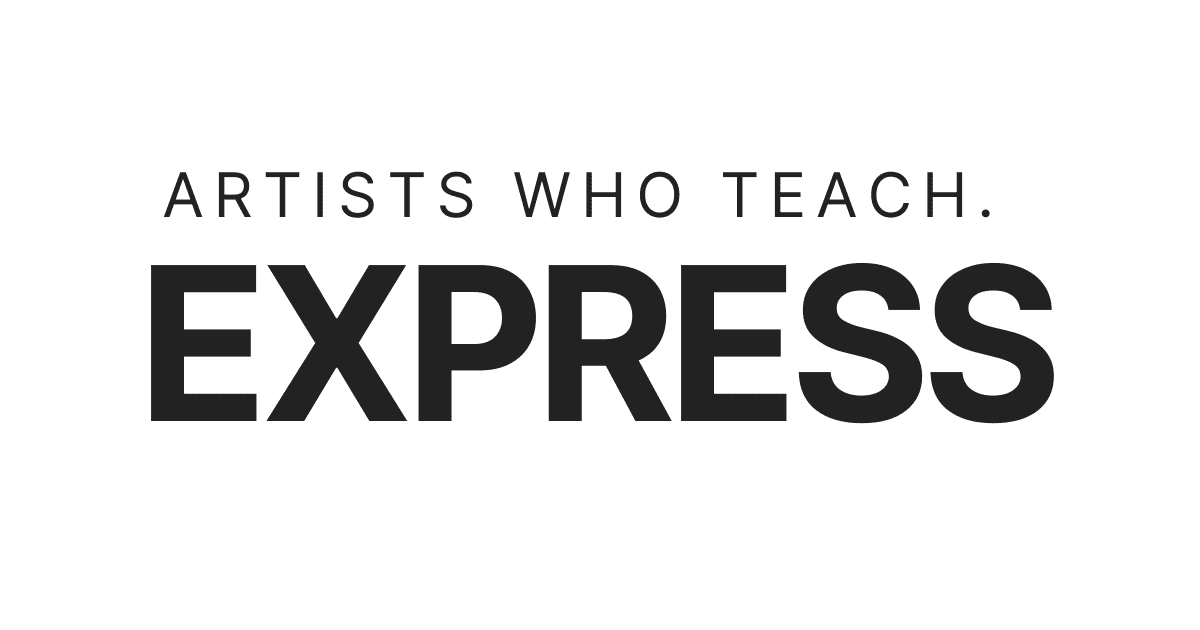

Beatboxing Lessons
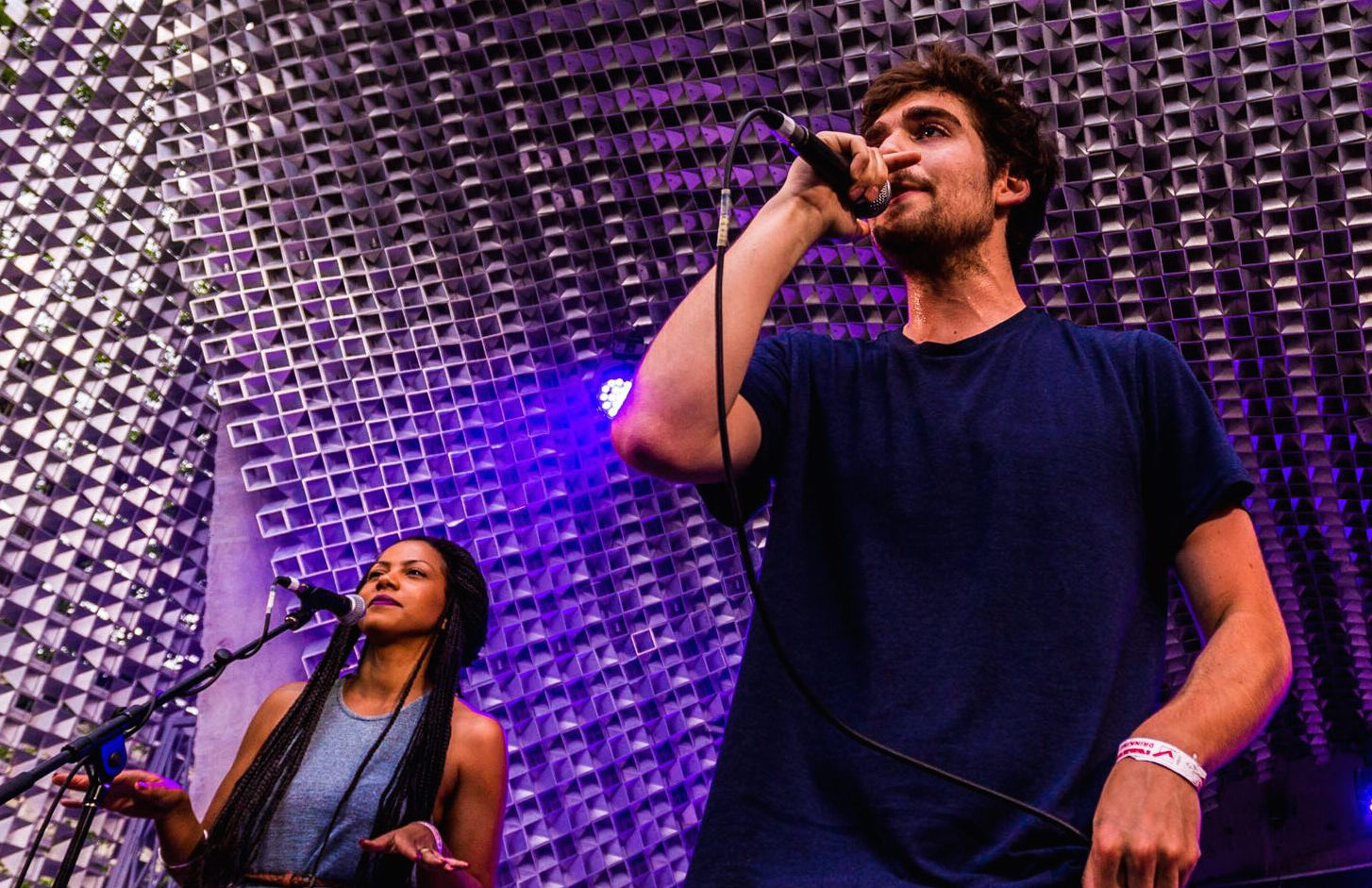
Are you ready to dive into the exciting world of beatboxing? At Express Voice Studio, we’re here to guide you through every step of beatboxing. By working with an artist who has mastered the technique and has their own style of how to integrate beatboxing into music, you will be able to find your own flow and build out a process for playing with your music and collaborating comfortably with other musicians.
How to Beat Box: Unlock Your Inner Rhythm

Learn the fundamentals of beatboxing from scratch with our “Artists Who Teach.” Discover the art of creating mesmerizing rhythms using just your mouth and voice. Our expert instructors will break down the techniques, from basic sounds like the kick drum and snare drum to more advanced techniques like tongue bass and hi hats.
Learn the Art of Beatboxing
Beatboxing originated in the late 20th century as a form of vocal percussion within hip-hop culture, primarily in the Bronx, New York City. Emerging alongside DJing, MCing, and graffiti art, beatboxing became an integral element of hip-hop music and street performances. Early pioneers like Doug E. Fresh and the Fat Boys helped popularize beatboxing in the 1980s through their innovative techniques and performances.
Beatboxing evolved from imitating drum sounds to incorporating a wide range of vocal effects, including scratching, basslines, and sound effects. Throughout the 1990s and 2000s, beatboxing gained international recognition, with competitions, workshops, and collaborations showcasing its versatility and creativity. Today, beatboxing continues to thrive as an art form, with beatboxers pushing the boundaries of vocal expression and inspiring new generations of performers worldwide.
Meet Your Beatboxing Teacher

Beatox
Beatboxing for Music Production
Ages 12 +
Rates
85 CAD /30 min 145 CAD / 1 hour
Beatboxing isn’t just about creating rhythms; it’s a powerful tool for music production. Explore how beatboxing can serve as the foundation for songwriting and recording. With Beatox’s guidance, you’ll discover new ways to integrate beatboxing into your creative process and bring your musical visions to life.
In the realm of music, where innovation and creativity converge, Beatox stands as a groundbreaking artist, producer, and beatboxing virtuoso. With a unique blend of rhythmic vocal percussion, electronic wizardry, and cross-genre collaboration, Beatox has redefined the boundaries of sonic exploration, leaving an indelible mark on the music industry.
Born Adam Fainman, Beatox embarked on his musical journey at a young age, fueled by an unwavering passion for beatboxing. What began as an intriguing hobby soon evolved into a lifelong pursuit of pushing the envelope of what was possible with the human voice. His dedication to mastering the art of beatboxing, combined with an insatiable curiosity for music production, led him to a path of music and storytelling.
Beatox’s distinctive sound is characterized by the fusion of traditional beatboxing techniques with cutting-edge music technology. His ability to seamlessly integrate live vocal percussion with digital production tools has garnered widespread recognition, catapulting him to the forefront of the contemporary music scene.
A graduate of the University of Toronto, where he received the Globalink Research Award for his pioneering work in beatboxing integrated with contemporary music production in Europe, Beatox possesses both technical prowess and a deep understanding of the art form’s cultural significance.
Collaboration lies at the heart of Beatox’s artistic journey. He has forged creative alliances with a diverse array of artists, both within Canada and on the global stage. From folk singer-songwriter Rachel Kane to Toronto’s Joanna Majoko, from Winnipeg’s Jaywood to Montreal’s Kehlsea, and from Austria’s Freekind to Slovenia’s Wckd Nation, Beatox’s collaborations transcend borders, genres, and expectations.
One of Beatox’s most groundbreaking collaborations has been with Vochlea Music, a cutting-edge music technology company based in the United Kingdom. As one of Vochlea’s key ambassadors, Beatox played a pivotal role in the company’s early days, harnessing their Dubler technology to create captivating music that blurs the lines between human and machine.
Beyond the stage and studio, Beatox is a passionate educator and advocate for the democratization of music production. His role as an audio technology instructor at Red River College reflected his commitment to nurturing the next generation of musicians and producers. He has conducted countless beatboxing workshops in elementary schools, fostering creative empowerment and accessibility to music.
Beatox’s artistic journey has taken him across the globe, with performances in Slovenia, Croatia, Austria, and numerous other international destinations. In the ever-evolving landscape of music, Beatox remains a trailblazer, a sonic explorer, and a relentless advocate for the power of creativity. His journey continues to inspire, captivate, and push the boundaries of what is possible in the world of music. Beatox is not just an artist; he is an innovator, a collaborator, and a visionary who invites us all to join him on a rhythmic odyssey like no other.
How does beatboxing emulate drum kits?
Beatboxing, the art of creating rhythmic sounds with the mouth and voice, emulates drum kits through a combination of vocal techniques and oral percussion.
To emulate the snare drum, beatboxers use techniques like the “k snare” technique to produce sharp, percussive sounds reminiscent of a snare drum’s crisp hits.
For the kick drum, beatboxers utilize techniques such as the “bass drum” to replicate the deep, resonant thump typically associated with a kick drum’s low-end presence.
Through a secure proceeding of vocal articulation, ear, and breath control, beatboxers layer these sounds together to mimic the complexity and depth of a full drum kit. The bass drum provides the foundational pulse, while the snare drum adds texture and rhythm, creating a dynamic percussive landscape that mirrors the versatility of traditional drum kits.
In summary, beatboxing achieves its drum kit emulation through the replication of key instrument components like the snare drum and kick drum, utilizing techniques that allow for expressive and intricate rhythmic performances.
Who are famous human beatboxers?
Several human beatboxers have gained fame for their exceptional skills and contributions to the art form. Here are a few notable names:
1. Doug E. Fresh: Known as the “Human Beatbox,” Doug E. Fresh is considered one of the pioneers of hip hop and beatboxing. His innovative techniques and performances helped popularize beatboxing in hip-hop culture during the 1980s.
2. Rahzel: Often referred to as the “Godfather of Noyze,” Rahzel is renowned for his ability to simultaneously beatbox and rap, creating intricate rhythms and melodies with his voice. He has collaborated with various artists and has showcased his talents on numerous stages worldwide.
3. Kenny Muhammad: Dubbed the “Human Orchestra,” Kenny Muhammad is celebrated for his mastery of beatboxing and his ability to mimic the sounds of various musical and percussion instruments using only his voice. His performances have captivated audiences and inspired aspiring beatboxers around the globe.
4. Biz Markie: While primarily known as a rapper and DJ, Biz Markie was also a proficient beatboxer. His signature “human drum machine” style contributed to his unique sound and helped solidify his place in hip-hop history.
5. Roxorloops: Hailing from Belgium, Roxorloops is known for his innovative beatboxing techniques and creative use of live looping technology. He has won numerous beatboxing competitions and has collaborated with artists across different genres.
These are just a few examples of famous human beatboxers who have made significant contributions to the art form. Their creativity, skill, and dedication have helped elevate beatboxing to new heights and continue to inspire generations of beatboxers worldwide.
Can I have a coach give me feedback on my beat?
Yes, absolutely! Having a coach provide feedback on your beatboxing can be incredibly valuable for your growth and improvement as a beatboxer. A coach can offer personalized guidance, identify areas for improvement, and help you refine your techniques.
Here are some benefits of having a coach provide feedback on your beat:
1. Personalized Guidance: A coach can assess your strengths and weaknesses, tailoring their feedback to address areas where you can improve and excel.
2. Technical Advice: A coach can offer technical advice on specific beatboxing techniques, helping you refine your sound and expand your repertoire of sounds and rhythms.
3. Performance Enhancement: Feedback from a coach can help enhance your overall performance, including aspects such as stage presence, timing, and audience engagement.
4. Constructive Criticism: A coach can provide constructive criticism in a supportive and fun environment, helping you grow as a beatboxer without feeling discouraged.
5. Goal Setting and Progress Tracking: With a coach, you can set specific goals for your beatboxing journey and track your progress over time, ensuring that you stay motivated and focused on your development.
Whether you’re a beginner looking to establish a strong foundation or an experienced beatboxer striving to refine your skills, working with a coach can significantly accelerate your growth and help you reach your full potential as a beatboxer.
What are beatbox battles?
Beatbox battles are competitive events where beatboxers showcase their skills, creativity, and improvisation in head-to-head or round-robin formats. These battles are a cornerstone of the beatboxing community and serve as platforms for beatboxers to demonstrate their abilities, exchange techniques, and push the boundaries of the art form.
Here’s how beatbox battles typically work:
1. Format: Beatbox battles can take various formats, including one-on-one battles, team battles, or larger competitions with multiple rounds and elimination stages.
2. Judging Criteria: Judges evaluate beatboxers based on criteria such as technical skill, creativity, originality, stage presence, and audience response. Beatboxers aim to impress the judges and win over the crowd with their performances.
3. Freestyle and Showcases: Beatbox battles often feature freestyle rounds where beatboxers improvise rhythms, sounds, and routines on the spot. Additionally, beatboxers may showcase prepared routines or showcase their signature techniques during battles.
4. Callouts and Responses: In one-on-one battles, beatboxers take turns “calling out” each other with their performances, responding to each other’s beats, and engaging in musical dialogue on stage.
5. Crowd Participation: Audience participation is a significant aspect of beatbox battles, for example, with spectators cheering, reacting, and sometimes even influencing judges’ decisions through their energy and enthusiasm.
6. Community and Camaraderie: Beatbox battles foster a sense of community and camaraderie among beatboxers, encouraging collaboration, mutual respect, and the sharing of knowledge and techniques.
Overall, the beatbox battle is a dynamic and high-energy event that celebrates the artistry, creativity, and competitive spirit of beatboxing. They provide platforms for beatboxers to showcase their talent, connect with fellow artists, and inspire the next generation of performers.
Can I listen to songs and learn to beatbox just that way?
Yes, listening to songs can be a helpful way to learn beatboxing, especially for understanding rhythm, timing, and different sound patterns. While it’s not the only method, it can certainly complement other learning approaches. Here’s how listening to songs can aid in learning beatboxing:
1. Rhythm and Timing: Songs naturally contain rhythmic patterns and beats. By listening closely to various genres of music, you can internalize different rhythms and understand how they are structured within a song. This can help you develop a sense of timing and groove, which are crucial elements in beatboxing.
2. Sound Reproduction: Many songs feature percussive elements like drums, hi-hats, snares, and basslines. By paying attention to these sounds, you can try to correctly replicate them using your voice and mouth. This process allows you to experiment with creating different beats and sounds, expanding your beatboxing instrument repertoire.
3. Inspiration and Creativity: Songs can inspire creativity and serve as a source of ideas for your beatboxing performances. By listening to a wide range of music genres and artists, you can discover unique sounds, rhythms, and vocal techniques that you can incorporate into your own beatboxing style.
4. Learning by Imitation: Just as musicians learn by playing along with their favorite songs, beatboxers can learn by imitating the sounds and rhythms they hear in music. By listening closely and practicing along with songs correctly, you can refine your beatboxing skills and develop your own unique interpretations of musical elements.
While listening to songs is beneficial, it’s also essential to complement this practice with other learning methods, such as watching tutorials, attending workshops, and practicing specific beatboxing techniques. Additionally, experimenting with different sounds and rhythms on your own can help you develop a deeper understanding of beatboxing and unleash your creativity as a performer.
Is there another service you offer that I should take at the same time as beat box lessons?
Certainly! While beatboxing lessons are a fantastic way to explore rhythm, vocal percussion, and musical creativity, there are several complementary services and activities that can enhance your overall musical journey and experience. Here are a few suggestions:
1. Music Theory: Understanding the fundamentals of music theory can greatly enrich your beatboxing skills. Learning about scales, chords, rhythm notation, and musical structure can provide valuable insights into creating harmonies, melodies, and more complex rhythms in your beatboxing compositions.
2. Voice Training: Taking voice training or singing lessons can help you develop greater control, range, and expression in your vocal performances, including beatboxing. Voice training can improve your breath control, vocal clarity, and overall vocal health, enabling you to produce a wider variety of sounds and textures in your beatboxing routines.
3. Performance Coaching: Working with a performance coach or participating in performance workshops can help you refine your stage presence, charisma, and audience engagement skills as a beatboxer. Performance coaching can also provide valuable feedback and guidance on refining your routines, enhancing your storytelling abilities, and connecting with your audience on a deeper level.
4. Music Production: Exploring music production techniques and software can expand your creative toolkit as a beatboxer. Learning about recording, mixing, and mastering can help you produce high-quality recordings of your beatboxing performances, record yourself, experiment with audio effects and manipulation, and collaborate with other musicians and producers on diverse projects.
Ultimately, the choice of complementary services will depend on your individual interests, goals, and aspirations as a musician and performer. Exploring different aspects of music, performance, and production can broaden your musical horizons, inspire creativity, and help you develop a well-rounded skill set as a beatboxer.
How do you mix your music when you use beatboxing instead of a traditional beat?
Mixing music when using beatboxing instead of traditional beats involves similar principles but with a focus on the unique characteristics of beatboxing sounds. Here are some tips for mixing beatboxing into your music:
1. EQ and Compression: Use EQ to enhance the tonal characteristics of each beatboxing sound. For example, boost the low frequencies for bass drum sounds and the midrange for snare drum sounds. Compression can help even out the dynamics of the beatboxing performance, making it sound more cohesive and polished.
2. Panning and Stereo Imaging: Experiment with panning to create a sense of space and separation between different beatboxing elements. For instance, pan the kick drum slightly to the center while spreading out hi-hat sounds to the sides. Use stereo imaging techniques to add depth and dimension to the beatboxing mix.
3. Reverb and Delay: Apply a bit of reverb and delay effects to add ambience and texture to the beatboxing sounds. Consider using short, tight reverbs for snare drum sounds and longer, more spacious reverbs for ambient effects. Delay effects can create rhythmic patterns and enhance the groove of the beatboxing performance.
4. Layering and Stacking: Experiment with layering multiple instances of beatboxing sounds to create thicker, more complex rhythms and textures. You can layer different variations of kick drum, snare drum, and hi-hat sounds to add depth and richness to the beatboxing mix.
5. Automation: Utilize automation to dynamically adjust the volume, panning, and effects parameters of the beatboxing sounds throughout the song. This allows you to add movement and dynamics to the mix, keeping the listener engaged and immersed in the beatboxing performance.
By applying these mixing techniques and experimenting with different sonic treatments, you can effectively integrate beatboxing into your music productions while maintaining clarity, impact, and musicality.
FAQ
Who Is The Best Singing Teacher FOr You?
Contact us and we will help guide you to the best singing teacher for your needs.
Call us
Email us
Student Alumni

Alex Nicol
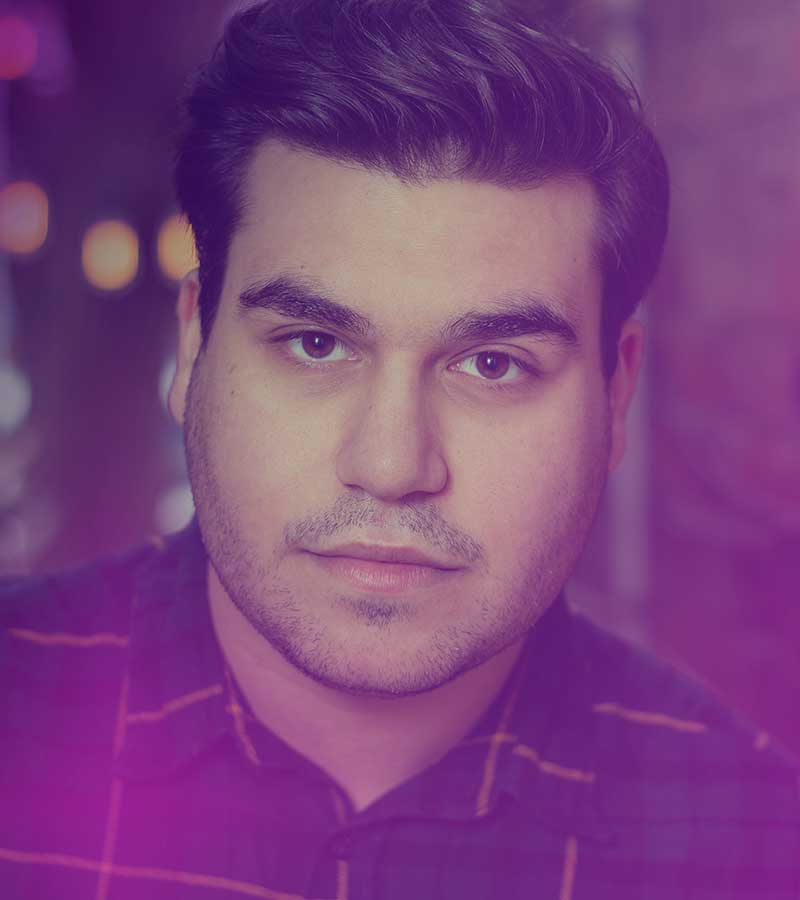
Tara

Rebecca
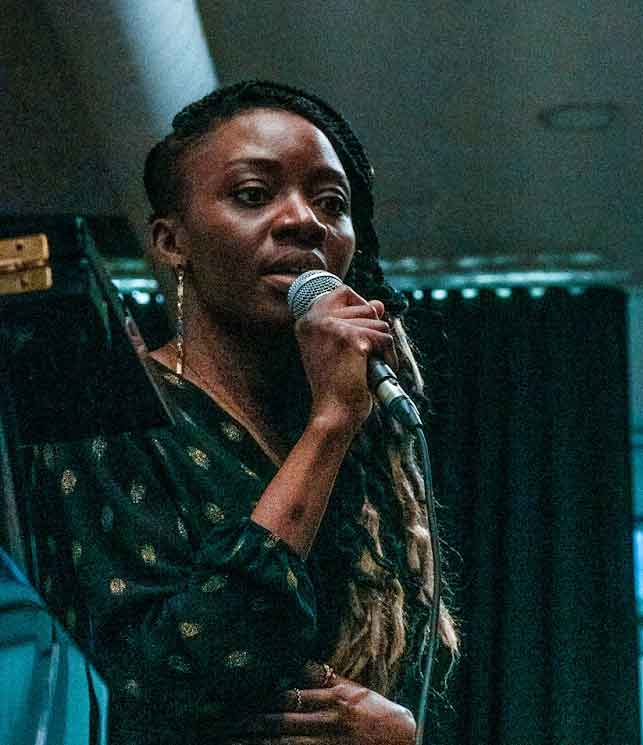
Laurena Mayifuila Mayowele
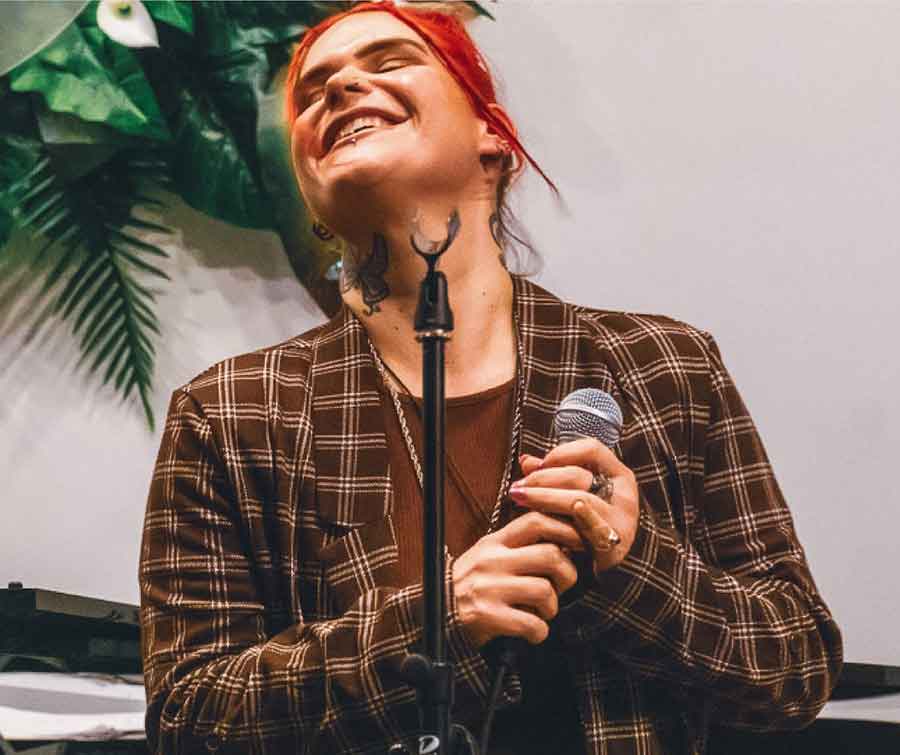
Samantha Timmons

Julian Basurto
